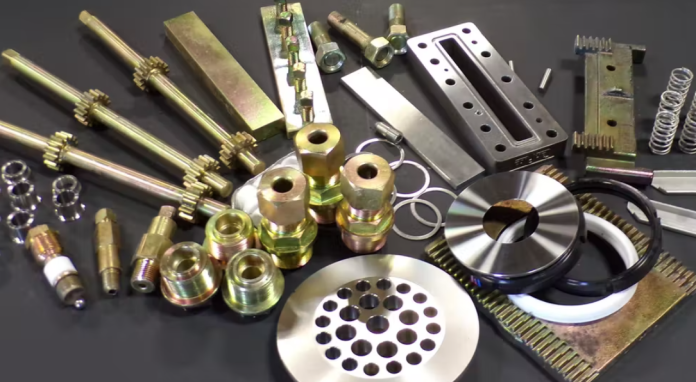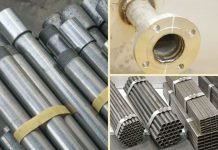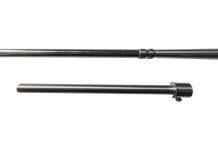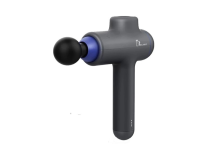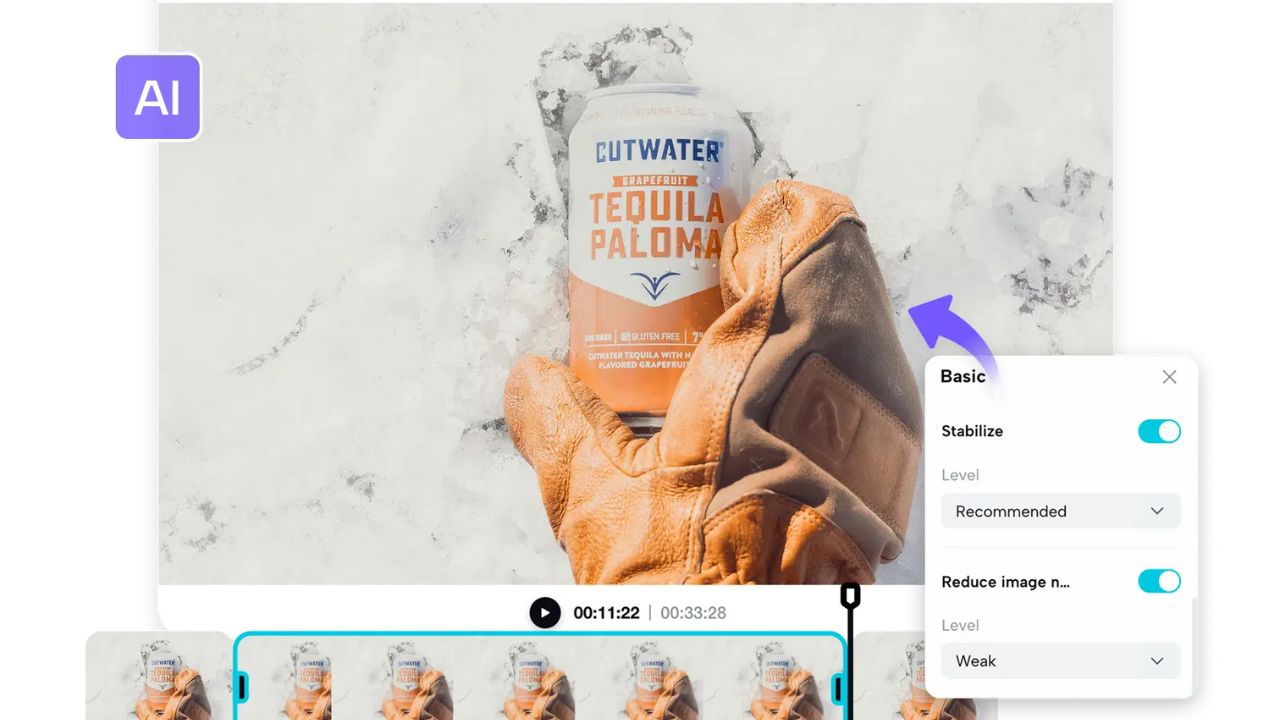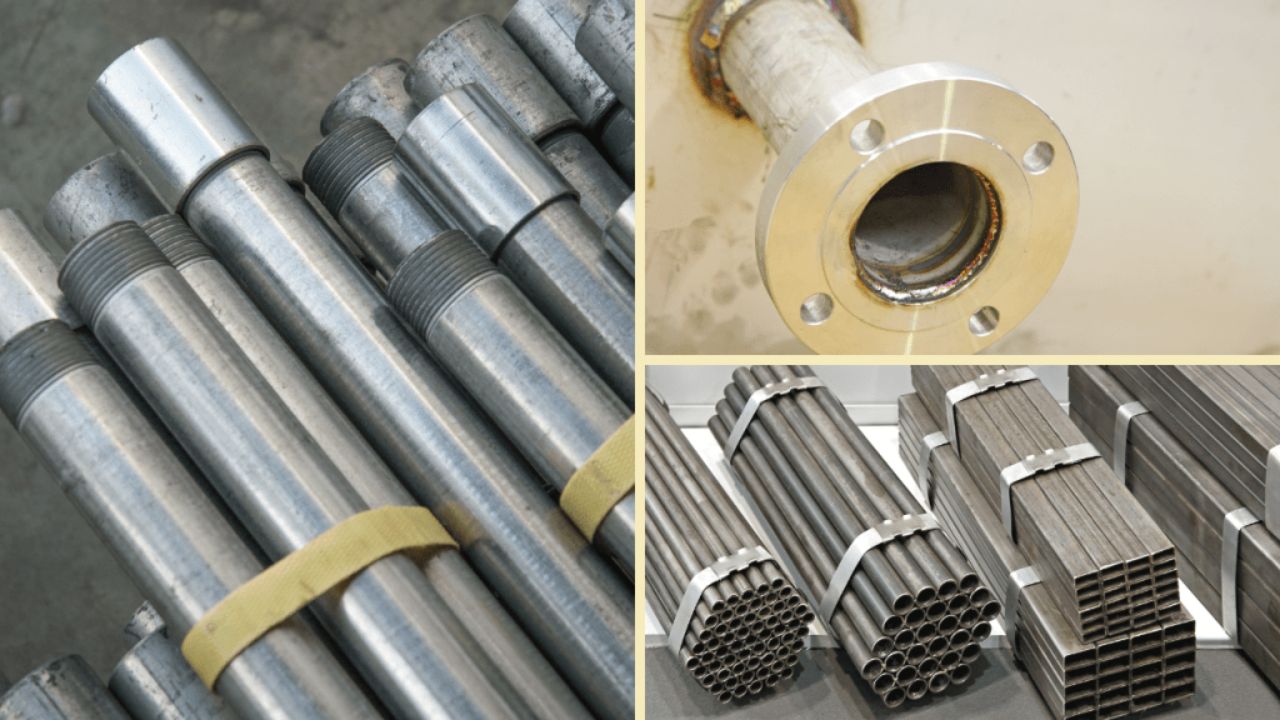An orifice fitting is a type of flow control device that can be used in piping systems to regulate the flow rate of liquids and gases. These fittings are typically found in applications where precise control of flow rates is required for accurate metering. They are also used in conjunction with other types of flow control devices such as valves, venturi tubes and pressure regulators.
So, an orifice pipe fitting can be made from several different materials including brass, iron and plastic. The material used will depend on the application requirements, with brass or iron being more common in commercial applications while plastic is often preferred for more sensitive processes such as pharmaceutical manufacturing.
Types of Orifice Fittings
Orifice fittings come in a variety of sizes and shapes, so it is important to know what type of orifice fitting you need for your application. Here are some common types of orifice fittings:
Ball Plug Orifice Fittings
Ball plug orifices are used in low pressure applications and they have a circular shape. They can be installed in a straight line or staggered configuration and they are available in several different sizes.
Tee Orifice Fittings
A tee orifice fitting consists of three ports which allow you to split the flow between multiple lines. This type of fitting is useful when you need to split one line into two smaller lines or combine two small lines into one larger line.
Tee Orifice Fittings with Larger Diameter Port
Tee orifice fittings with larger diameter ports are also called “Y” fittings and they have four ports that allow you to split the flow between multiple lines or combine multiple lines together into one larger line. The design makes them easy to install and maintain and they are ideal for many different applications where you need to split or combine flows from multiple sources (such as pumps).
How do Orifice Fittings Work?
Orifice fittings can be used for a wide range of applications including water supply lines, gas lines and drain lines. They are also often found in industrial settings where they are used to regulate pressure levels within a system.
Orifices help reduce pressure by slowing down the flow rate through them. The slower the flow rate, the lower the pressure will be at each end of the orifice fitting. So, the diameter of an orifice will determine how much pressure it can withstand before it fails. For example, a ½” orifice has more resistance than a ¼” one does because it has more surface area for pressure to build up against.
Most Important Features of Orifice Fittings
There are some important features of orifice fittings, which include:
- Pressure rating: This is the most important feature of orifice fittings and it is calculated by multiplying the diameter of pipe with which it will be connected by 1250 psi.
- Size: The size of orifice fitting is specified by its inside diameter (ID) and outside diameter (OD). The ID is calculated as follows – OD/2 + 0.5mm and OD = ID + 1mm.
Conclusion
Orifice fittings are simplest devices used to control the flow of liquids. These fittings control the flow of the liquid in such way that it can neither pass through too fast nor too slowly. Therefore, orifice fitting is a useful device for regulating the flow of liquids.
The importance of orifice fittings can not be over emphasized, particularly from the engineering point of views. This is a simple type of plumbing fitting which is used in a number of applications, from water supply to fire protection in commercial and industrial pluming systems. They are relatively inexpensive when compared to other types of pipes and pipe fittings. It attaches easily to pipes and can easily be cut if required, thereby making them very versatile. The material with which they have been made makes it corrosion resistant and long lasting. Therefore, you don’t need to make any changes in the piping you already have in your commercial or industrial building because they can come in different sizes so that they can be attached to any kind of pipe.

